Located 8 miles north of Mexican Hat, UT, Valley of the Gods features striking landscape of wide-open spaces with rock buttes. We drove through Bluff, UT, the first white settlement (Church of Latter-Day Saints members) in the area in 1880. A well-known landmark there is Twin Rocks. We made a brief stop to snap some photos of the rocks (they're huge!) And, to check out Twin Rocks Trading Post (featuring beautiful Native American gift items).
The memorial commemorates the hardy settlers who traveled here on the extremely difficult Hold in the Rock Trail. What was expected to be a 6-week journey ended up being a perilous 6-month one. Arriving here, they established the San Juan Mission for the church.
The trading post had an extensive array of beautiful Native American gift items including rugs, baskets, jewelry and more. When I asked the owners if they were concerned about those rocks crashing down on their shop, they just laughed and said the rocks had been there 40M years and they did not expect them to shift in their lifetimes.
A large restaurant is located next to the shop. We had packed our lunch, so we continued on the route toward Valley of the Gods. The scenery along the way is spectacular!
Take a right onto the Valley of Gods Loop Drive from UT 163 (the east entrance). The primitive road winds through the area (managed by the Bureau of Land Management) and ends on UT 261 (the west entrance). A map is posted that identifies some of the interesting rock formations.
Pull-outs provide plenty of places to park as you drive along the loop drive. Our first stop was near Seven Sailors.
This rock formation is called Setting Hen Butte and next to it is Rooster Butte. I can see the “setting hen” reference but not so much the “rooster.”
Throughout this desolate landscape are random rocks (like this one in the middle of the desert), another one that looks like it will fall into the wash if you give it a little shove, and yet another one that looked like a perched eagle to us.
Continuing on the loop drive we came to Battleship Rock and Castle Butte.
The types of rocks you see during this drive illustrate the three primary stages of erosion:
- Mesa, a Spanish word for table, is a rock formation that has a flat top (like a table). A mesa is stable, wide, and the first stage of erosion.
- Butte is a formation that is smaller and the next stage of erosion. A butte was once a mesa.
- Spire is a rock formation that has become narrow and free-standing and is the final stage of erosion. Erosion by wind and water will eventually leave only the base (organ rock looks like loose pebbles and acts as the pedestal for all monuments here).
This unusual rock formation is called, Lady in the Tub. We knew the name but did not have a photo of it. But, as soon as we saw it, we know this must be it!
There is no admission fee to see these amazing rock formations. The primitive road of the loop drive is rocky in some areas and may be impassable during bad weather. We drove it in our Mini Countryman, but we took our time and stopped often. Dogs are permitted, so our Sadie enjoyed the time she spent outside during our visit. Add it to your list, if you are ever in the southeastern corner of Utah!



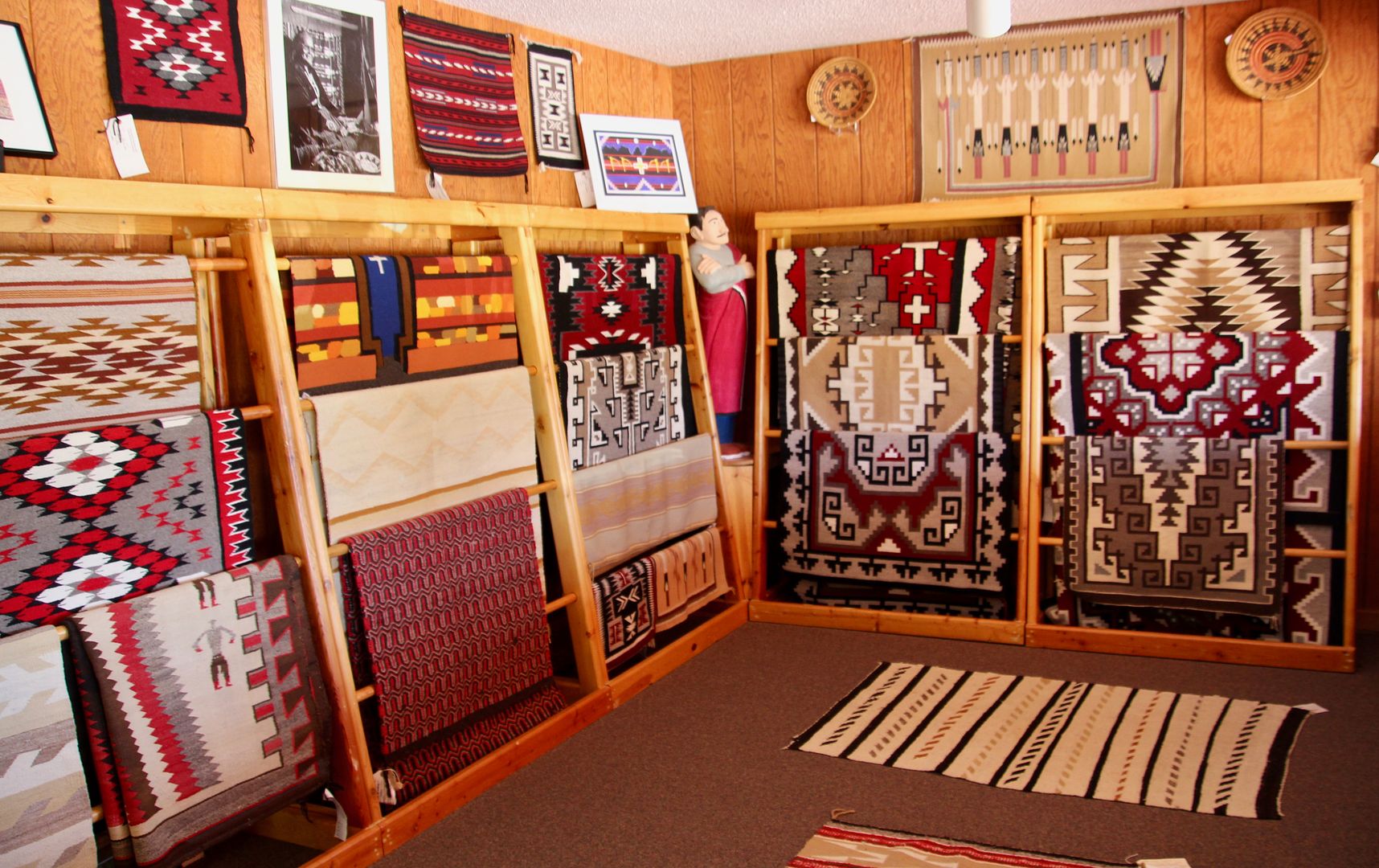
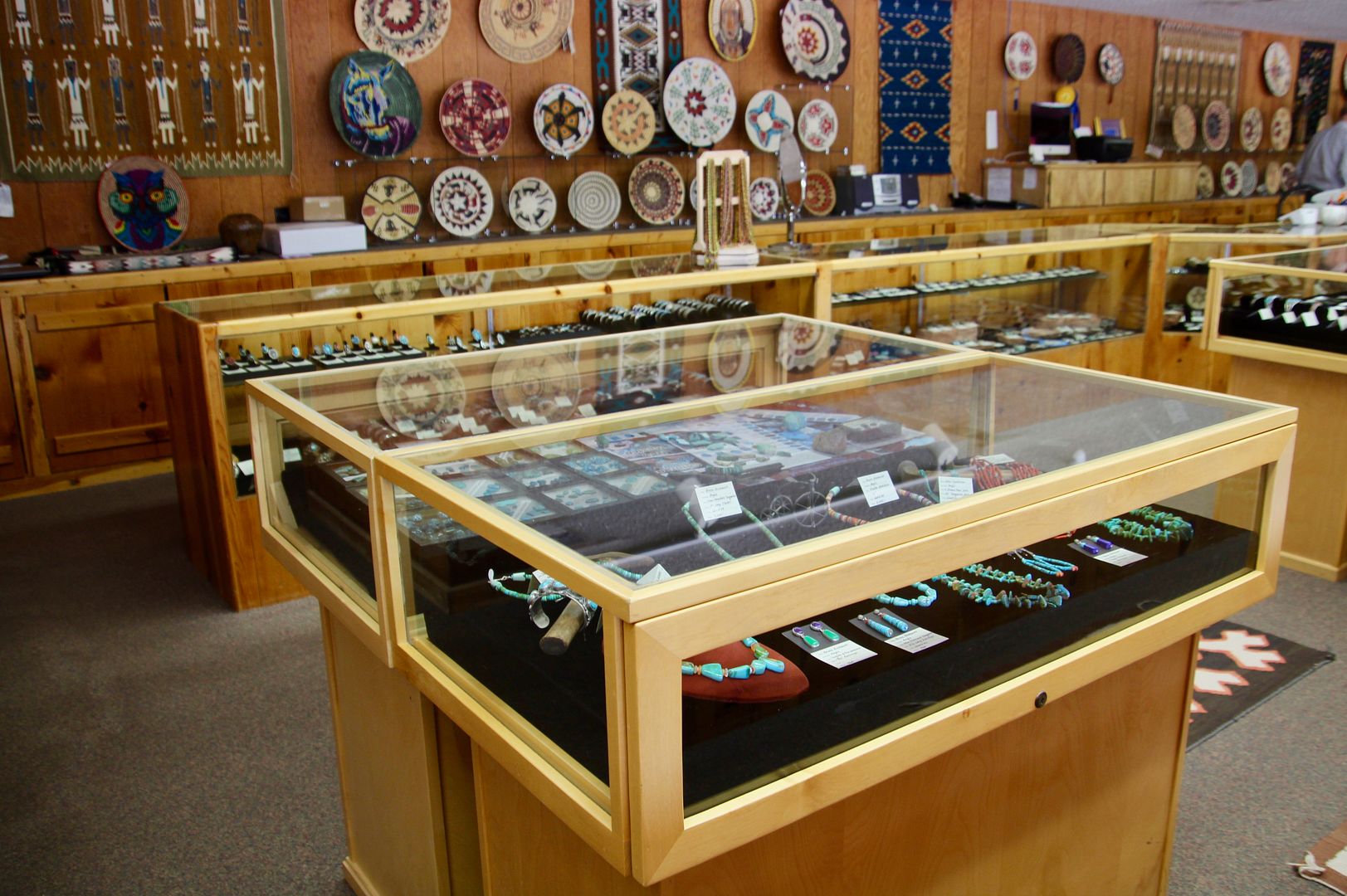
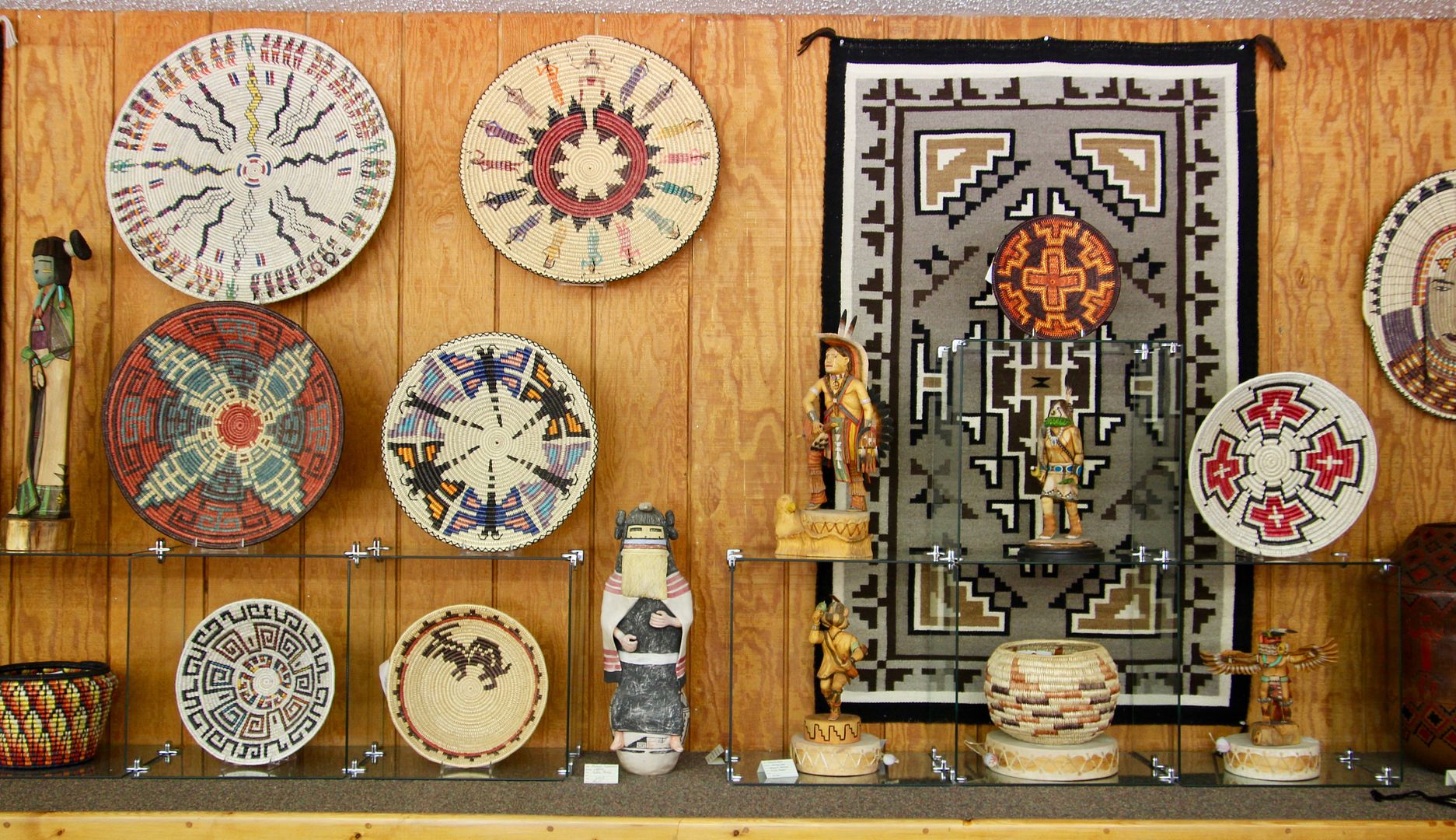
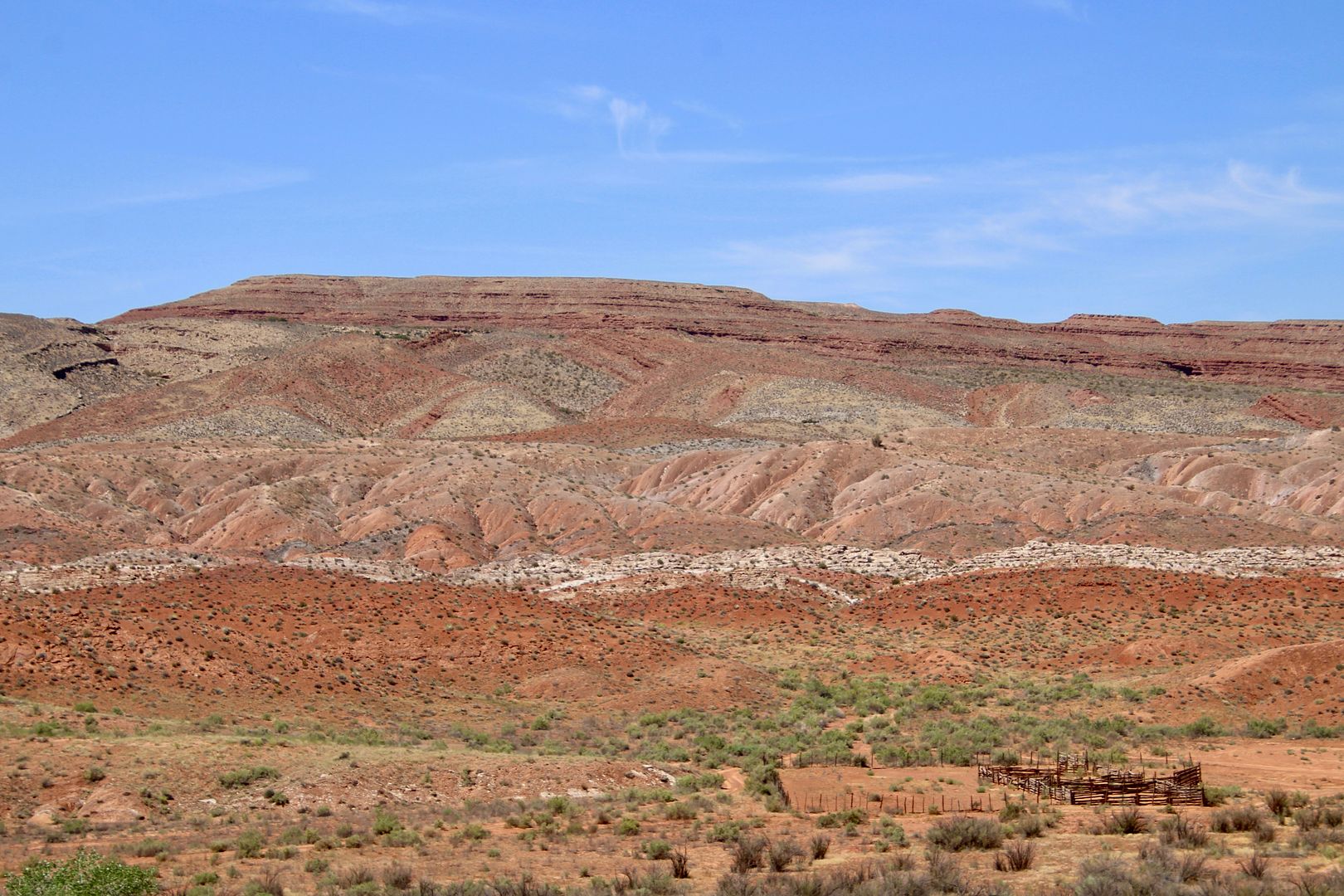
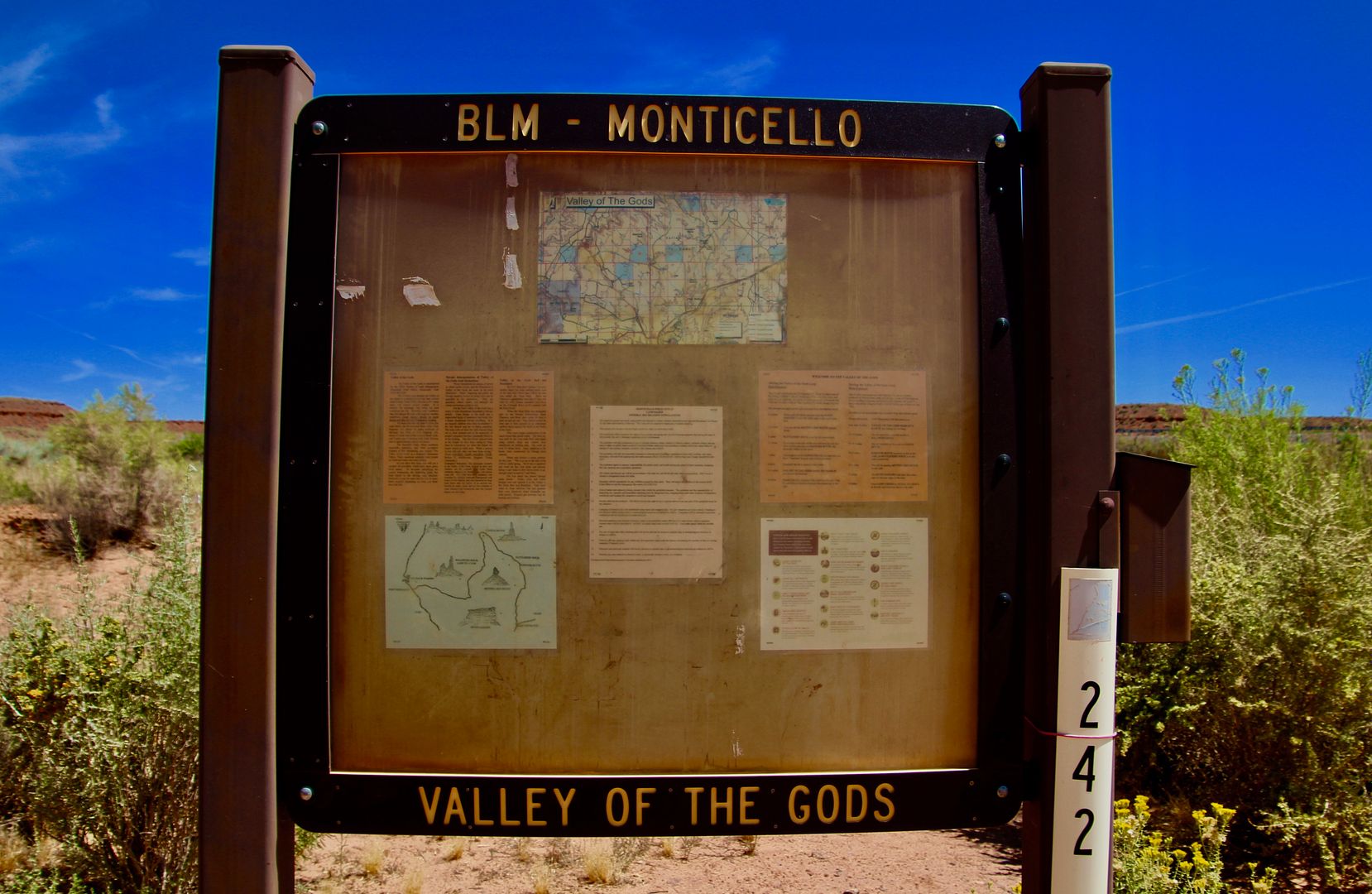
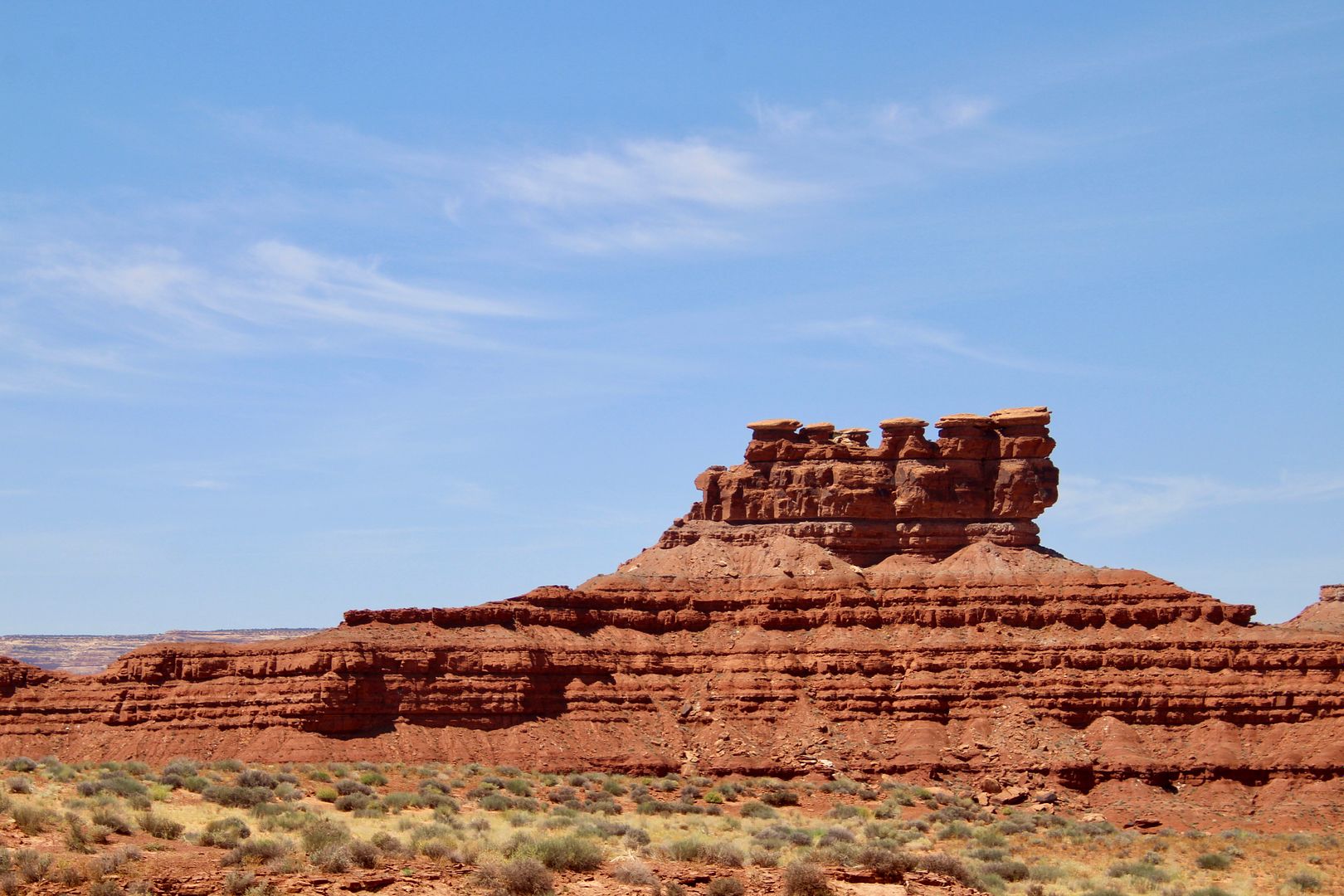

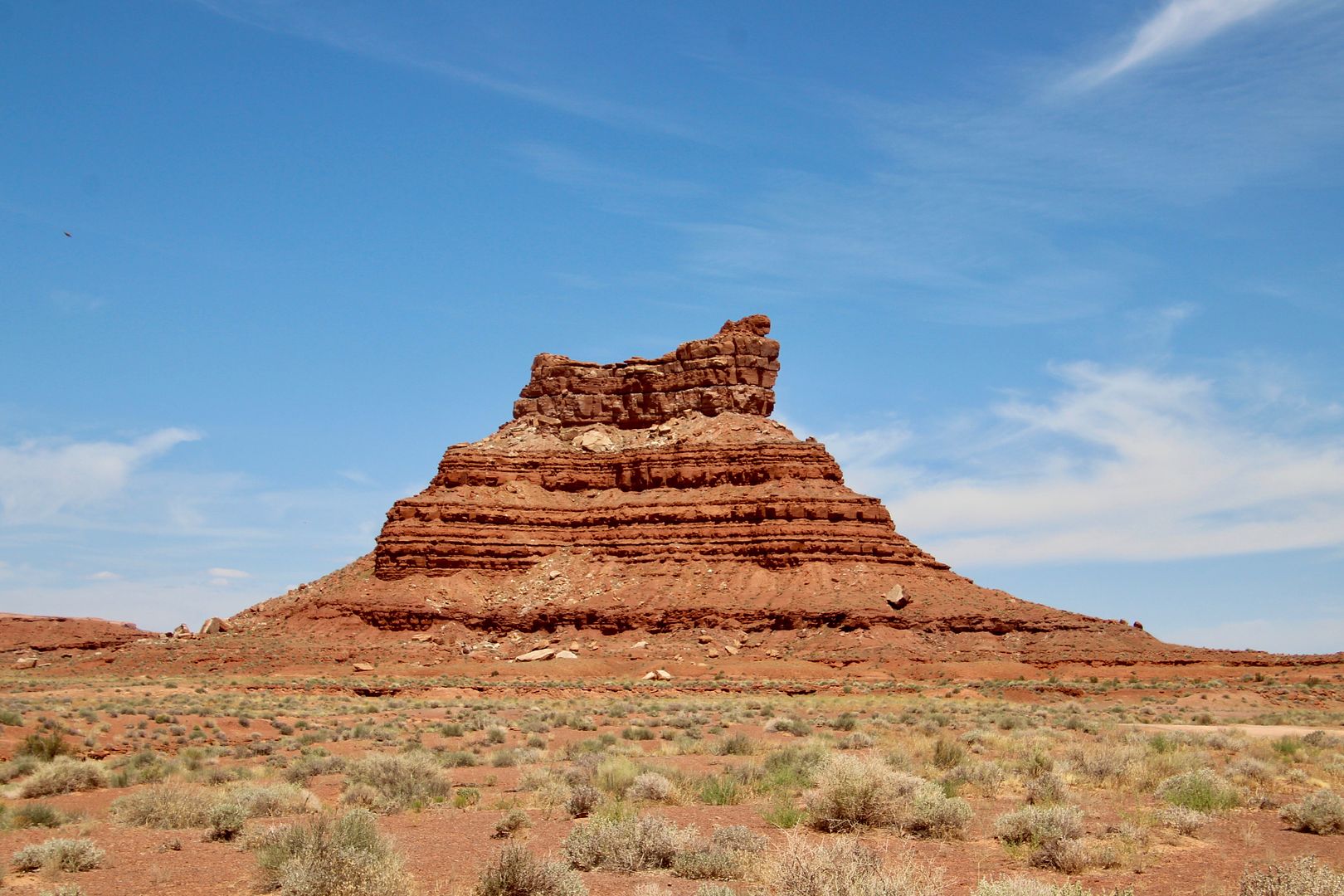
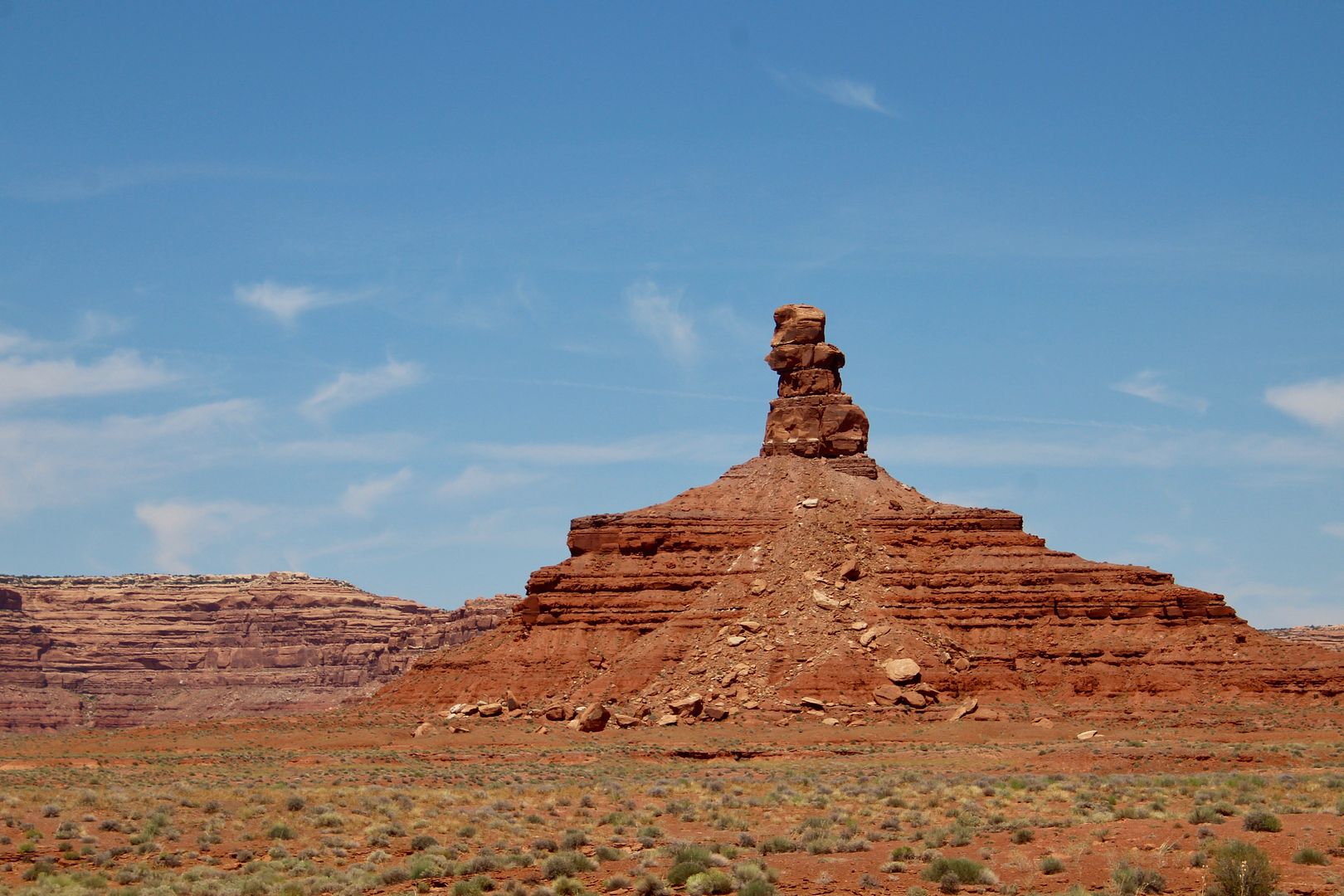
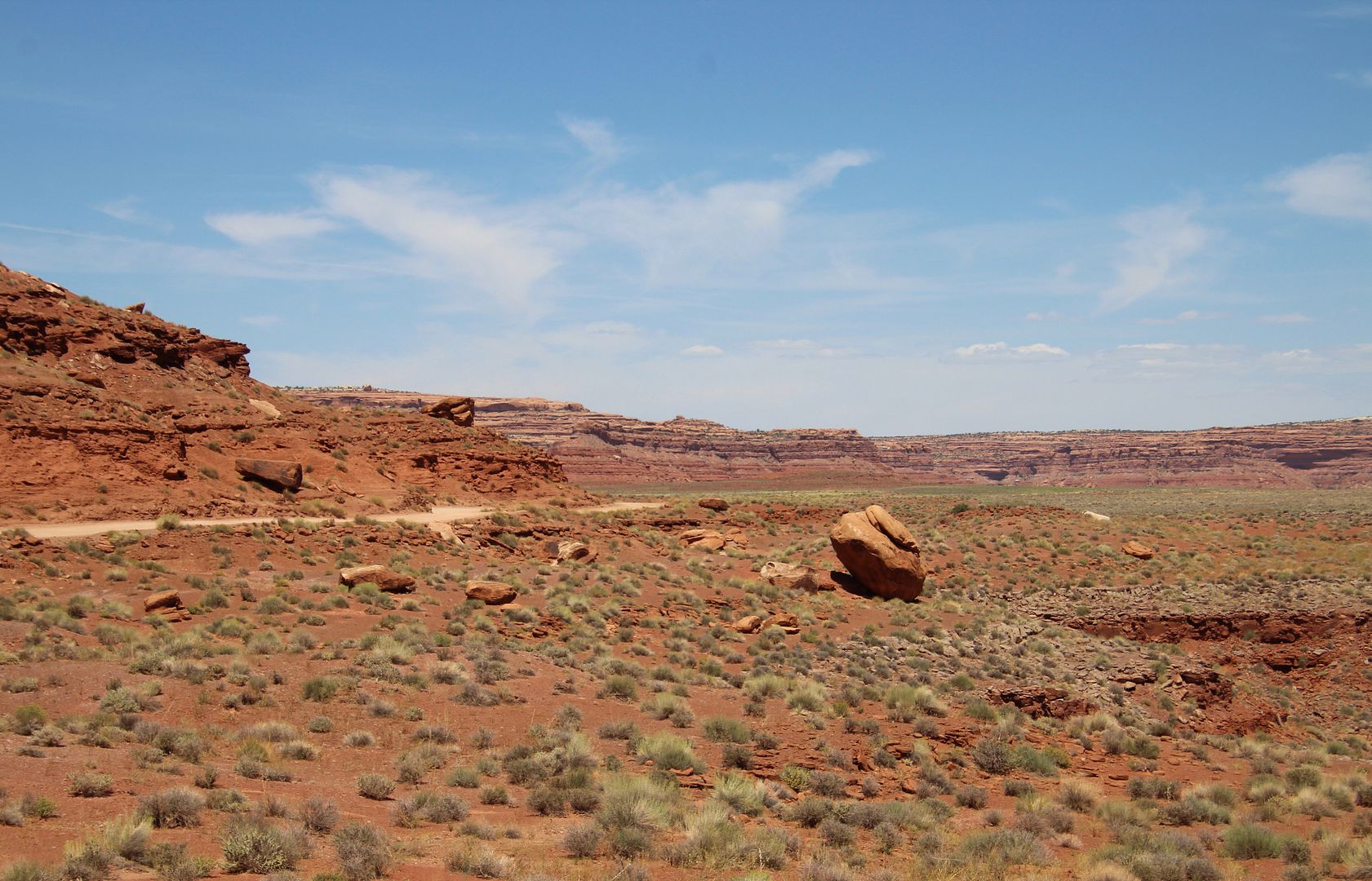
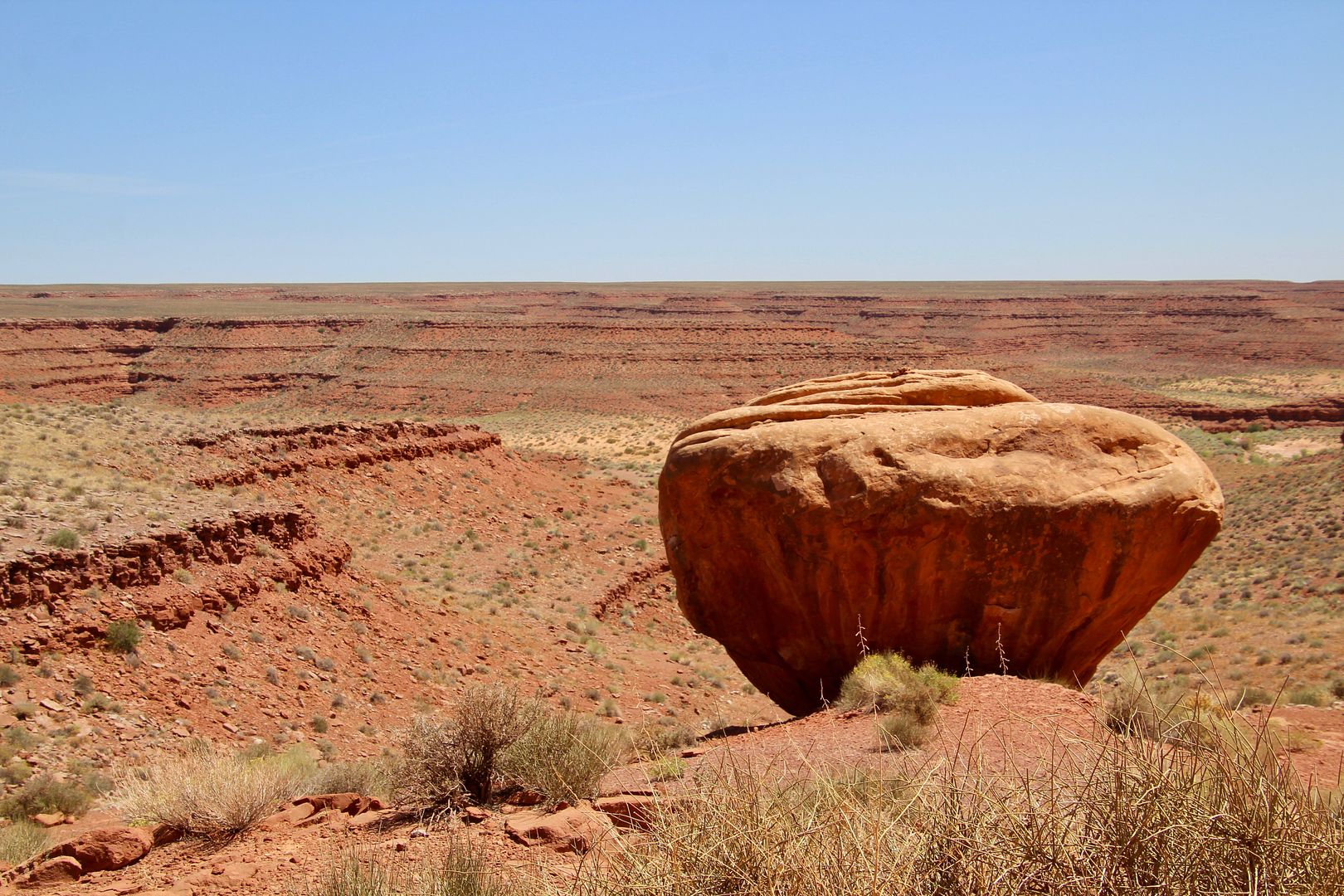

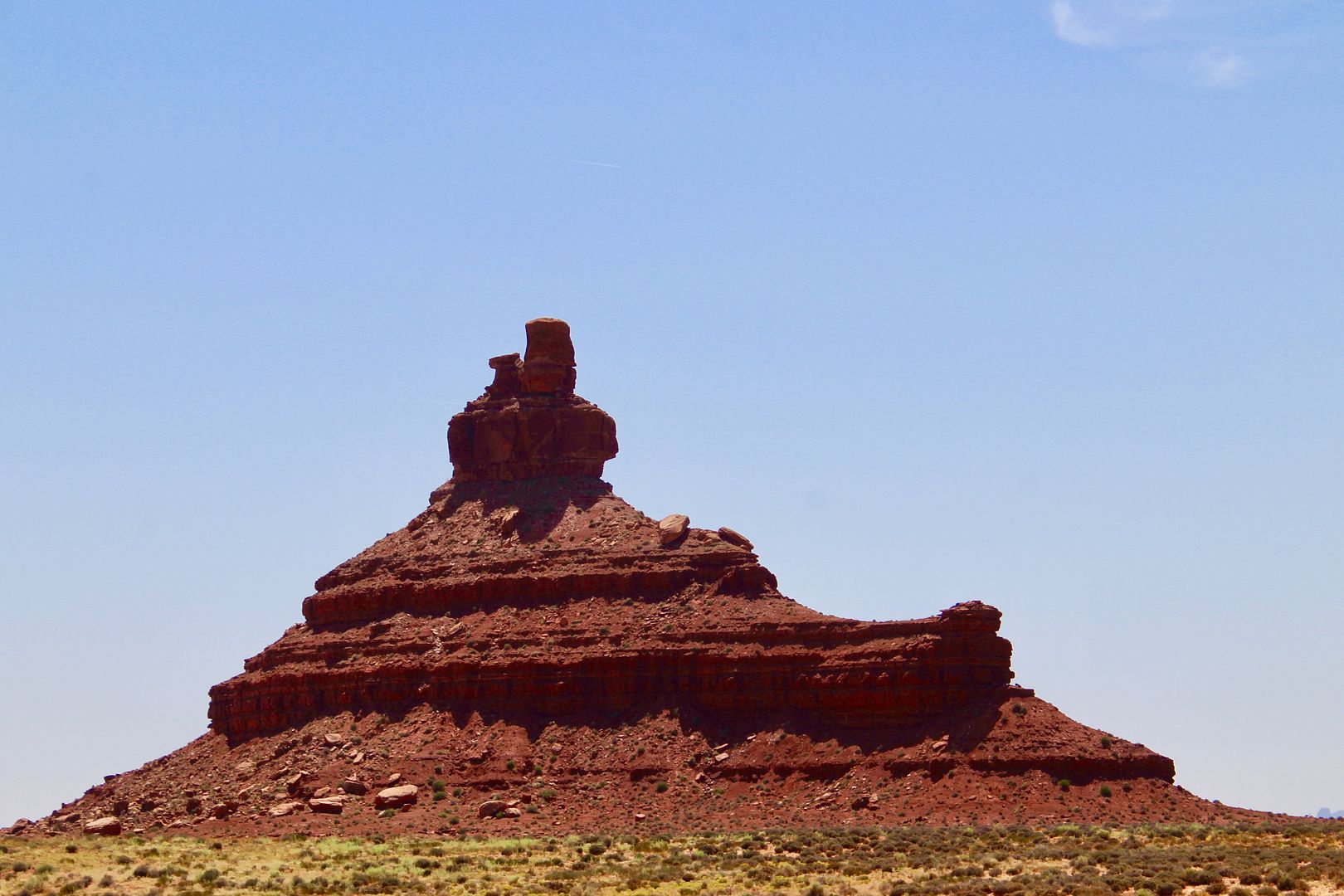
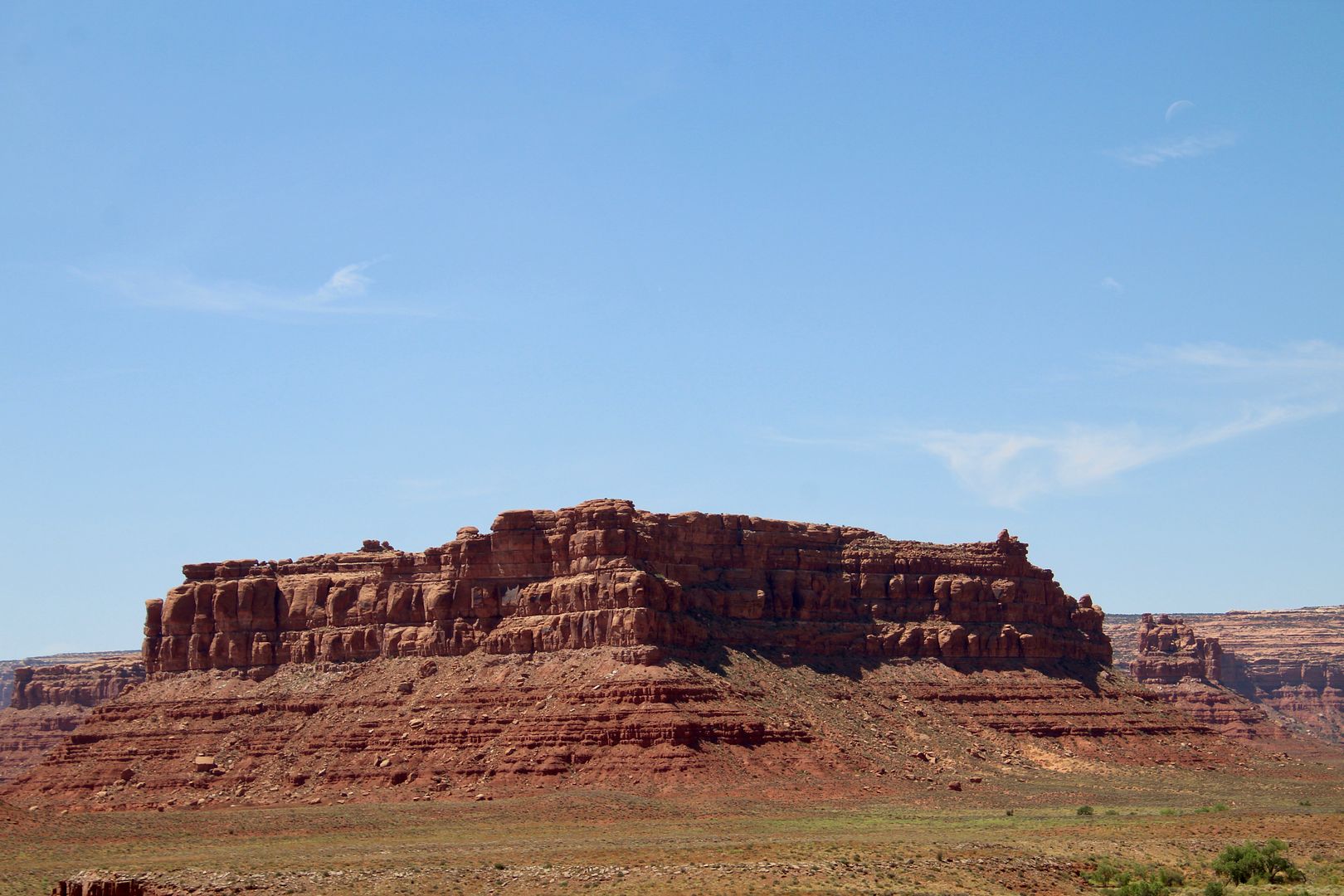


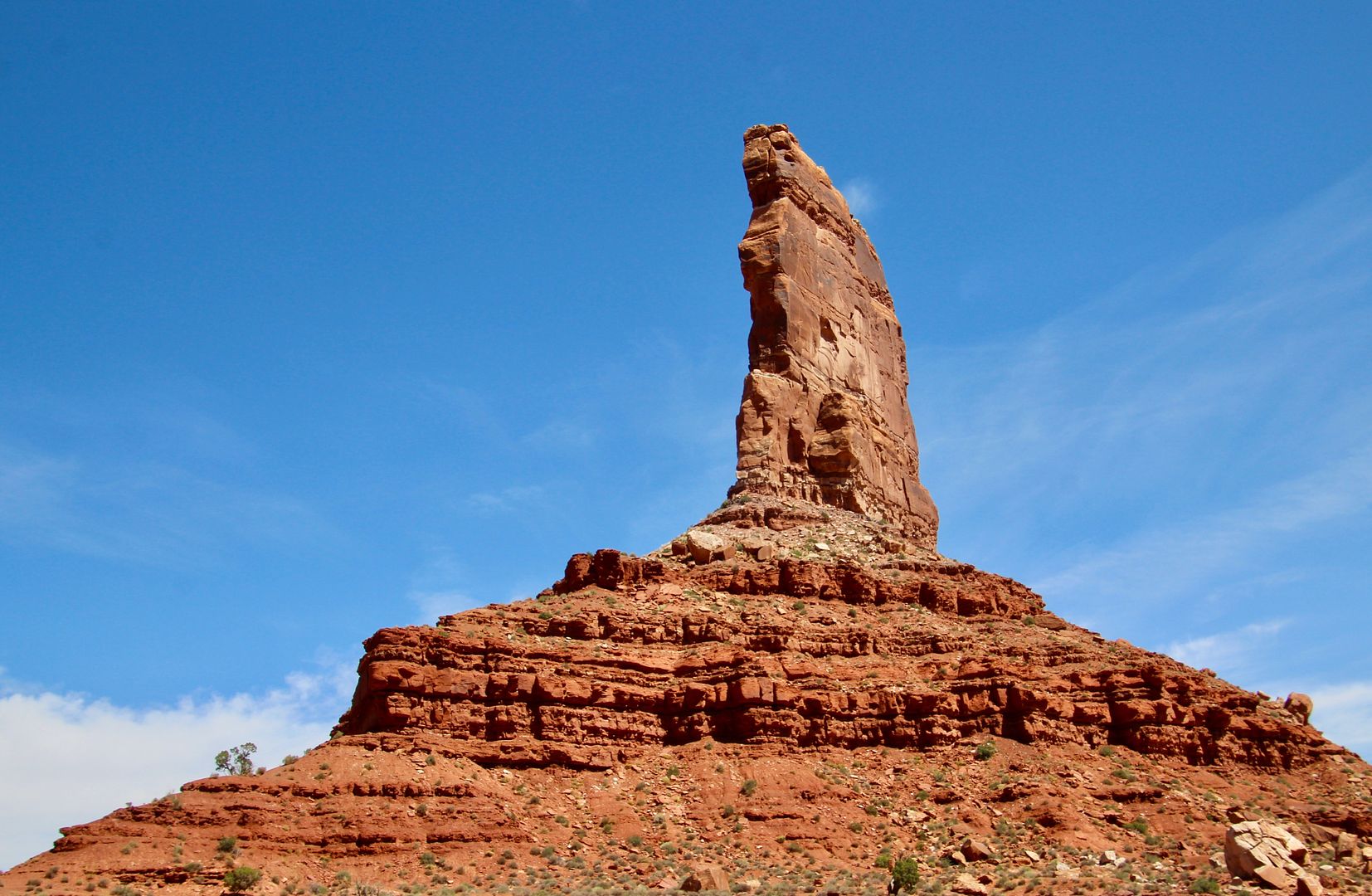
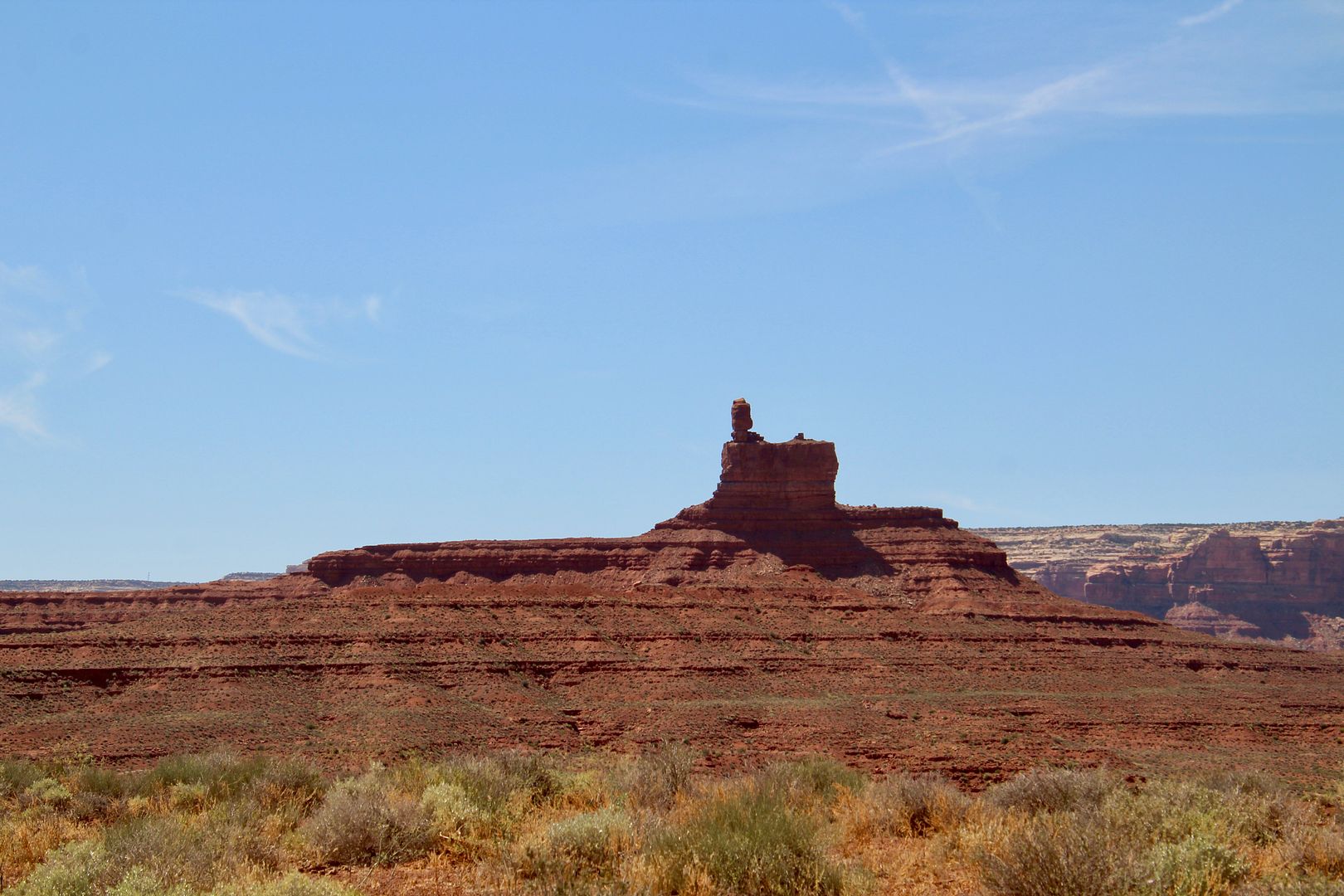
No comments:
Post a Comment